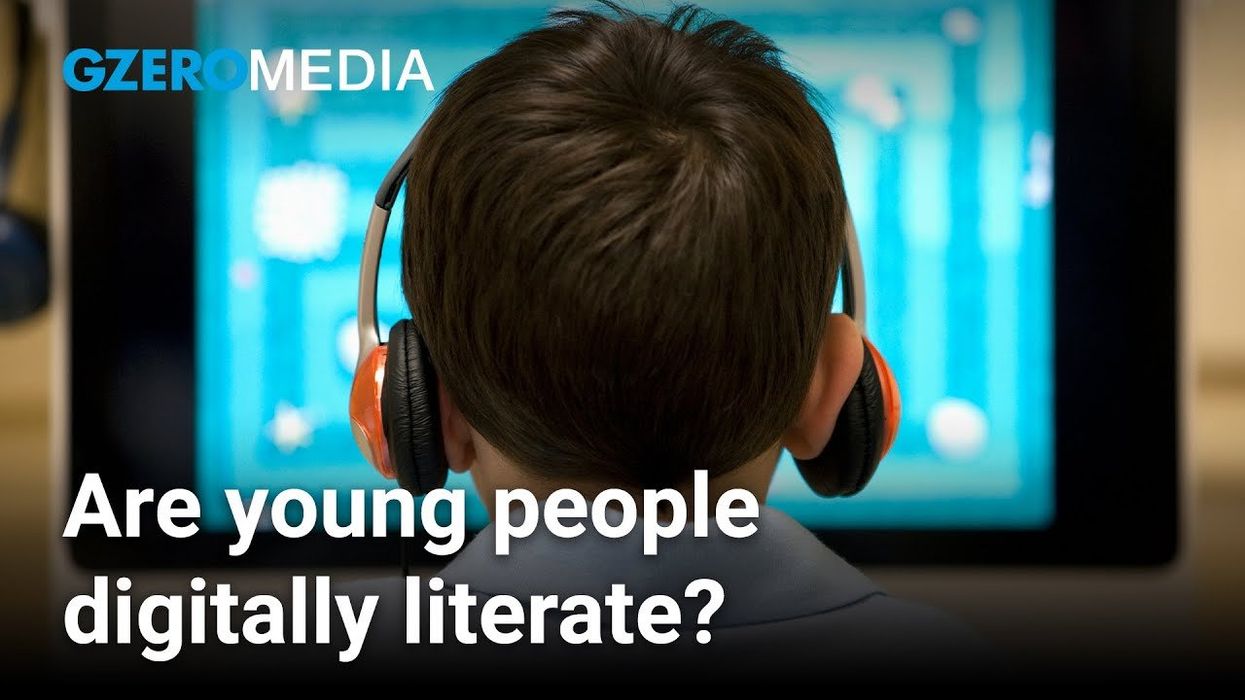More tha 3 billion people are still not operating within the digital economy, thus widening global inequality. We look at three issues the world’s grappling with to bring them on board.
Why internet access is everything
Scan any UN report’s “development goals” and the importance of expanding global internet access becomes obvious. To end poverty, boost healthcare, improve the quality of education, reduce all forms of inequality of opportunity, create jobs, power innovation, and enhance life in the world’s cities, more human beings need reliable access to the internet. That’s why it’s disappointing that half the world’s countries remain slow to introduce information and communications technologies (ICT) in schools and that too many poor countries still lack the mobile broadband needed to connect. The pandemic has been a good-news, bad-news story here. The virus has forced greater investment in ICT and provided people everywhere with obvious incentives to learn how to use it. But a difference in means ensures the gap between rich and poor countries has grown wider. The solution to these problems depends, as ever, on greater international investment. This isn’t charity, and it isn’t simply a matter of “fairness.” All countries need a stronger, more resilient, and more sustainable global economy. Shared prosperity depends now more than ever on access to the internet for everyone.
Start young to address gender digital divide
Tech advances have been a game-changer for millions of women previously excluded from participating in the digital economy. Still, research suggests that the gender digital divide is significant for women in emerging market economies, where around 41% of adult women use the internet compared to 53% of men. Indeed, research suggests that around 393 million women in developing countries do not even own a mobile phone. For women living in or around urban areas, in particular, this results in exclusion from large parts of the gig economy, the economic engine of bustling cities like New Delhi and Dhaka. Moreover, surveys show that even when women across South Asia or Africa do have mobile phone access, they often own less sophisticated “talk and text” devices. Consider that in India, for instance, 57% of the male population has used the internet compared to just 33% of females (based on 2019-2021 data), a dynamic reflected in Indian women’s low participation in the workforce. So what’s the solution? Start young. In partnership with the African Union, UN Women pioneered a program in 2018 to boost digital literacy among young girls throughout the continent, including teaching them to code. Still, in a continent where the median age is 18, this is just the tip of the iceberg.
Putting trust in the digital economy
Digital advancements like artificial intelligence, cryptocurrency, and blockchain have revolutionized the way people deal with their finances. In 2021, blockchain technologies – the financial services platform used to trade cryptocurrencies – reached $6.6 billion and are projected to reach a whopping $19 billion by 2024. The financial sector accounts for almost one third of blockchain’s total value, meaning there is plenty of potential for it to still penetrate other sectors. But scarce digital trust has caused some societies to keep the fintech world at arm’s length. In Japan, for instance, more than 90% of those surveyed say cash is their primary payment method, according to Statista, with many citing security and privacy concerns as the reason for their preference. And the Japanese might have a point: the World Bank estimates that while the digital economy was valued at a whopping $14.5 trillion in 2021, efforts to contain cybercrime cost 41% of that. Private companies and governments have introduced stopgaps to limit identity theft, and some experts have proposed a digital identity system that would both reduce instances of cybercrime and boost users’ trust.

















